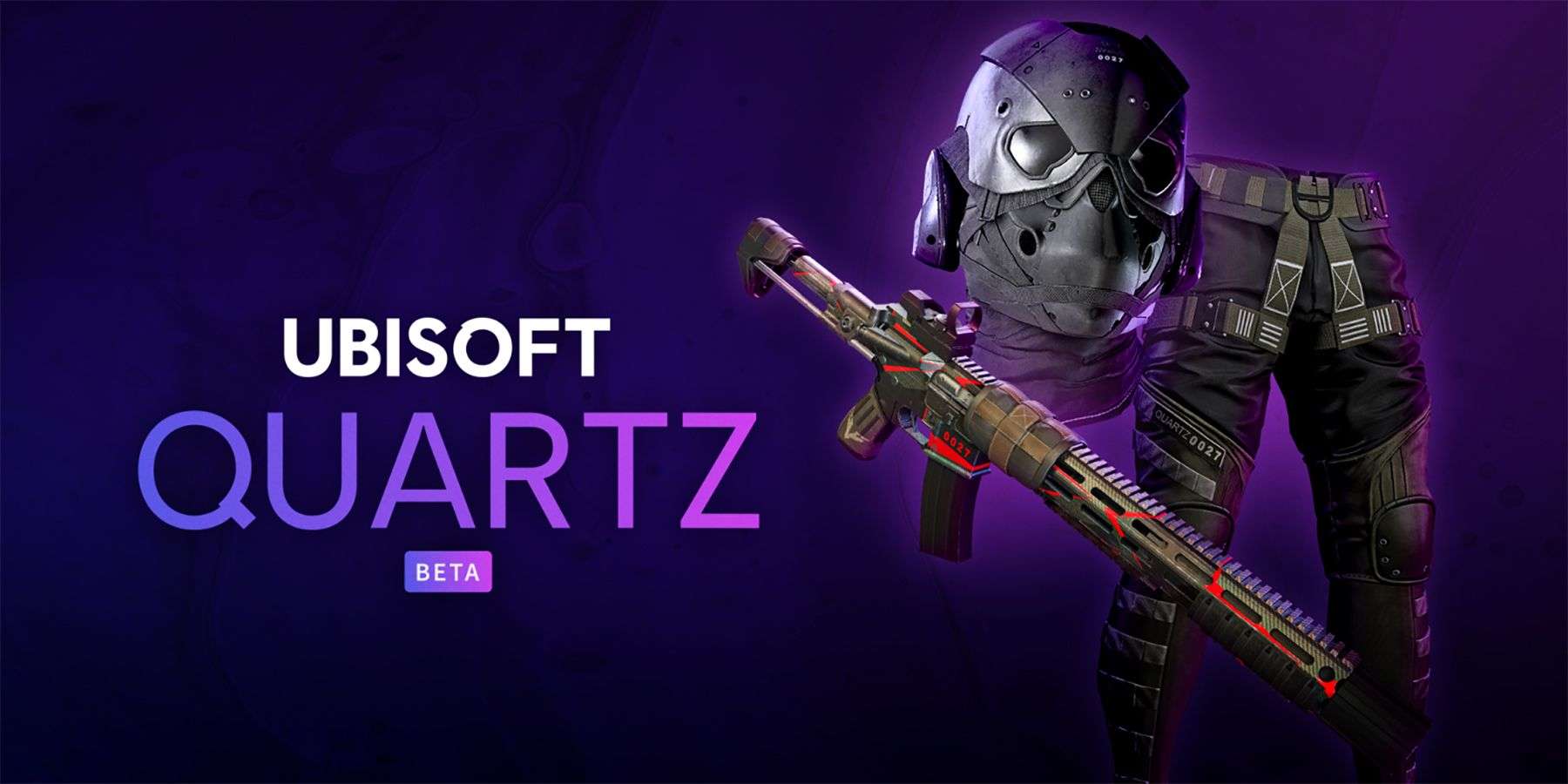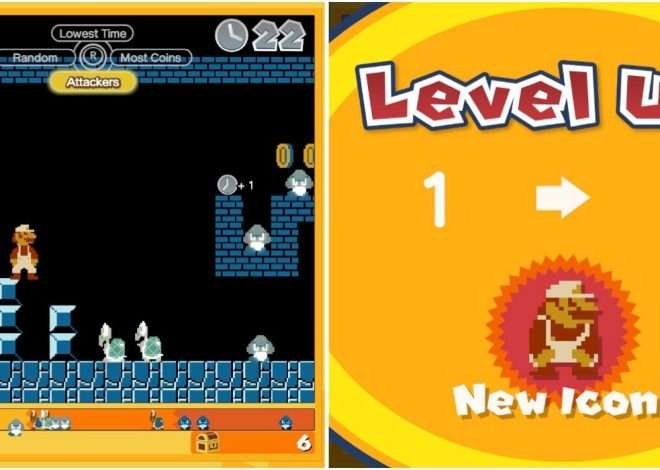
Ubisoft Quartz: A Case Study in NFT Failure
Ubisoft’s foray into the world of NFTs with Quartz was met with considerable skepticism from the start․ The announcement itself generated a wave of negative feedback across various gaming communities․ Many gamers expressed concerns about environmental impact, the perceived lack of tangible value, and the potential for exploitation․ Ultimately, the lukewarm reception and underwhelming results highlight the significant hurdles facing the integration of NFTs into the gaming industry․
The Initial Hype and Subsequent Disappointment
Initially, Ubisoft positioned Quartz as a revolutionary platform, promising players unique digital assets to enhance their gaming experience․ The promise of owning verifiable digital items, theoretically tradable on a secondary market, was a significant draw․ However, the reality fell far short of this ambitious vision․ The marketplace launched with limited offerings and minimal user engagement, quickly becoming a ghost town of digital assets that few desired to own or trade;
Several factors contributed to this disappointment․ The platform suffered from a lack of user-friendly design, making navigation and asset management cumbersome and frustrating․ Technical glitches and platform instability further hampered user experience, pushing potential adopters away․ The perceived lack of intrinsic value in the NFTs themselves also played a crucial role․ Many criticized the digital items as being visually unremarkable and lacking the unique appeal necessary to generate demand․
The Environmental Concerns
The environmental impact of NFTs remains a significant barrier to widespread adoption within the gaming community․ The energy-intensive process of creating and verifying NFTs on blockchain networks has raised serious environmental concerns․ Many gamers, environmentally conscious individuals themselves, were reluctant to participate in a system perceived as harmful to the planet․ Ubisoft attempted to address these concerns, but their efforts were largely insufficient to sway public opinion․
The criticism wasn’t solely focused on the environmental implications of the blockchain technology itself․ Concerns were also raised about the sustainability of the entire process․ The production of digital assets, even with claims of carbon offsetting, still requires significant energy consumption․ The lack of transparency regarding the environmental impact of Quartz further fueled the negative perceptions․
The Lack of User Engagement and Market Demand
Beyond the environmental concerns and platform issues, Quartz struggled to attract a substantial user base․ The limited selection of digital assets, combined with the high cost of acquiring them, deterred many players․ The lack of compelling incentives to participate further contributed to the platform’s failure to gain traction․ The perceived lack of tangible benefit in owning the NFTs compared to simply playing the game also played a role in the lack of engagement․
The secondary market for these NFTs also remained extremely inactive․ The lack of liquid trading opportunities further reduced the perceived value of the assets․ Even for those players who did acquire NFTs, the inability to easily sell or trade them diminished their overall appeal․ This lack of liquidity significantly impacted the perceived value proposition of the entire endeavor, discouraging further investment and participation․
The Problem of Perceived Value
A fundamental challenge facing NFT integration in gaming is the question of perceived value․ For NFTs to thrive, they need to offer something beyond mere digital ownership․ They need to provide tangible benefits or unique experiences that justify the cost and effort involved in acquiring them․ In the case of Quartz, the offered assets often lacked this inherent value, leading to low demand and a stagnant marketplace․
The argument for scarcity, a cornerstone of NFT value propositions, often falls flat in the gaming context․ Game developers hold ultimate control over in-game items, potentially undermining the perceived scarcity of NFTs․ Ubisoft’s approach lacked a robust system to guarantee true scarcity or long-term value retention, further diminishing the allure of their digital assets․
The Future of NFTs in Gaming: Lessons Learned from Ubisoft Quartz
The failure of Ubisoft Quartz serves as a cautionary tale for other game developers considering integrating NFTs into their games․ It highlights the need for careful planning, a clear value proposition, and a user-friendly platform․ The project’s shortcomings underscore the importance of addressing environmental concerns and ensuring a sustainable approach to NFT integration․
Moving forward, the industry needs to explore more sustainable blockchain technologies with lower environmental footprints․ The focus should shift from mere digital ownership towards creating meaningful in-game experiences that genuinely enhance gameplay․ NFTs must offer unique advantages and tangible benefits that justify their cost and complexity․
Key Takeaways and Future Considerations
- User experience is paramount: A clunky or confusing platform will deter users regardless of the quality of the NFTs themselves․
- Environmental impact must be addressed: Sustainable blockchain solutions are crucial for gaining the trust and support of environmentally conscious gamers․
- Clear value proposition is essential: NFTs must offer tangible benefits or unique experiences to justify their cost․
- Community engagement is vital: Ignoring player feedback can lead to a disastrous launch and subsequent failure․
- Transparency is key: Open communication about the environmental impact and the value proposition builds trust․
Further research and development are needed to explore alternative blockchain technologies and innovative approaches to NFT integration in gaming․ Future attempts should prioritize user experience, sustainability, and a compelling value proposition to avoid repeating the mistakes of Ubisoft Quartz․
The gaming community is still largely skeptical of NFTs․ Addressing these concerns requires a significant shift in approach, moving away from a purely speculative model towards a system that truly benefits both developers and players․ It demands a focus on building a sustainable and ethical ecosystem that fosters trust and engagement․
Ubisoft Quartz, despite its initial ambition, ultimately failed to deliver on its promise․ The project’s shortcomings serve as a valuable lesson for the gaming industry, highlighting the need for careful consideration of the technical, environmental, and economic implications of NFT integration․ The lessons learned from this failed experiment should inform future attempts to bridge the gap between NFTs and the gaming community․
The challenge lies in creating a system that is both environmentally responsible and economically viable․ Only through addressing these concerns can the gaming industry successfully integrate NFTs in a way that benefits all stakeholders․ This requires a collaborative effort between developers, players, and policymakers to build a sustainable and ethical ecosystem for the future․
Ultimately, the success of NFTs in gaming hinges on their ability to enhance the player experience and provide real value․ Focusing on these core principles, while addressing environmental concerns and promoting transparency, is crucial for the long-term viability of this technology within the gaming industry․ The failure of Ubisoft Quartz serves as a stark reminder of the challenges involved․
- The project’s failure underscores the need for a more player-centric approach․
- Addressing environmental concerns is crucial for future success․
- Transparency and clear communication are essential for building trust․
- A focus on real value and user experience is paramount․
- The future of NFTs in gaming remains uncertain, but lessons learned from Ubisoft Quartz provide a valuable roadmap for future attempts․



